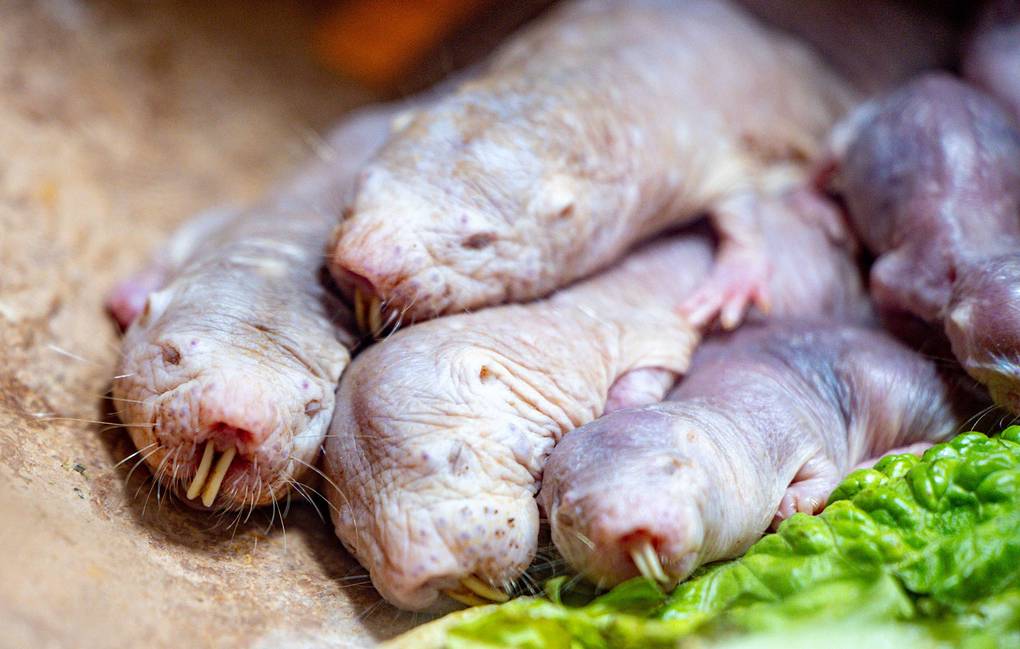Biologists have found that the cells of some organs in women’s bodies contain an active “paternal” X chromosome, while in other organs the “maternal” X chromosome will be active with a different set of mutations and epigenetic marks. This can cause serious differences in the work of the same genes in different organs of women, the press service of the British Medical Research Council reported.
Researchers from Imperial College London noted that further study of these features will help to understand how differences in their structure affect the development of diseases and malfunctions in women’s organs.
“Before this discovery, it was believed that all cells in a woman’s body used the paternal and maternal X chromosomes in the same way. Experiments conducted by scientists showed that this is not the case, and that in many organs of the body, either only the paternal or only the maternal chromosome was active, which is presumably due to competition between cells during the formation of the embryo,” the report says.
This discovery was made by a group of biologists led by Professor Matthias Merkenschlager of Imperial College London while studying the genomes of women who participated in the 1000 Genomes Project. The scientists completely decoded the DNA and comprehensively studied the work of genes in the body of approximately 2.5 thousand people from all continents and regions of the world.

Researchers have discovered dozens of potentially dangerous mutations in the STAG2 gene, which is located on the X chromosome and is associated with the formation of lymphocytes. Biologists are interested in the consequences of a mutation in one copy of the STAG2 gene, which can be located on both the active and inactive X chromosome. It is switched off in women’s cells at the first stages of embryonic development.
To get this information, the scientists inserted one of the mutant STAG2 variants they had discovered into the genome of mice and tracked how having one or two defective versions of the gene affected the development of the mice’s immune systems. These experiments unexpectedly revealed that in some organs of the rodents, the maternal X chromosome was active, while in other tissues of the body, the second X chromosome, inherited from the other parent, was dominant.
According to biologists, such differences in the activity of the maternal and paternal X chromosomes arise as a result of cells with one version of the chromosome losing the competition to cells with another form of the X chromosome during the formation of organs or the maturation of immune cells. Subsequent study of these features of the paternal and maternal X chromosomes will help to understand how differences in their structure affect the development of various diseases and malfunctions in women’s organs, the researchers concluded.






